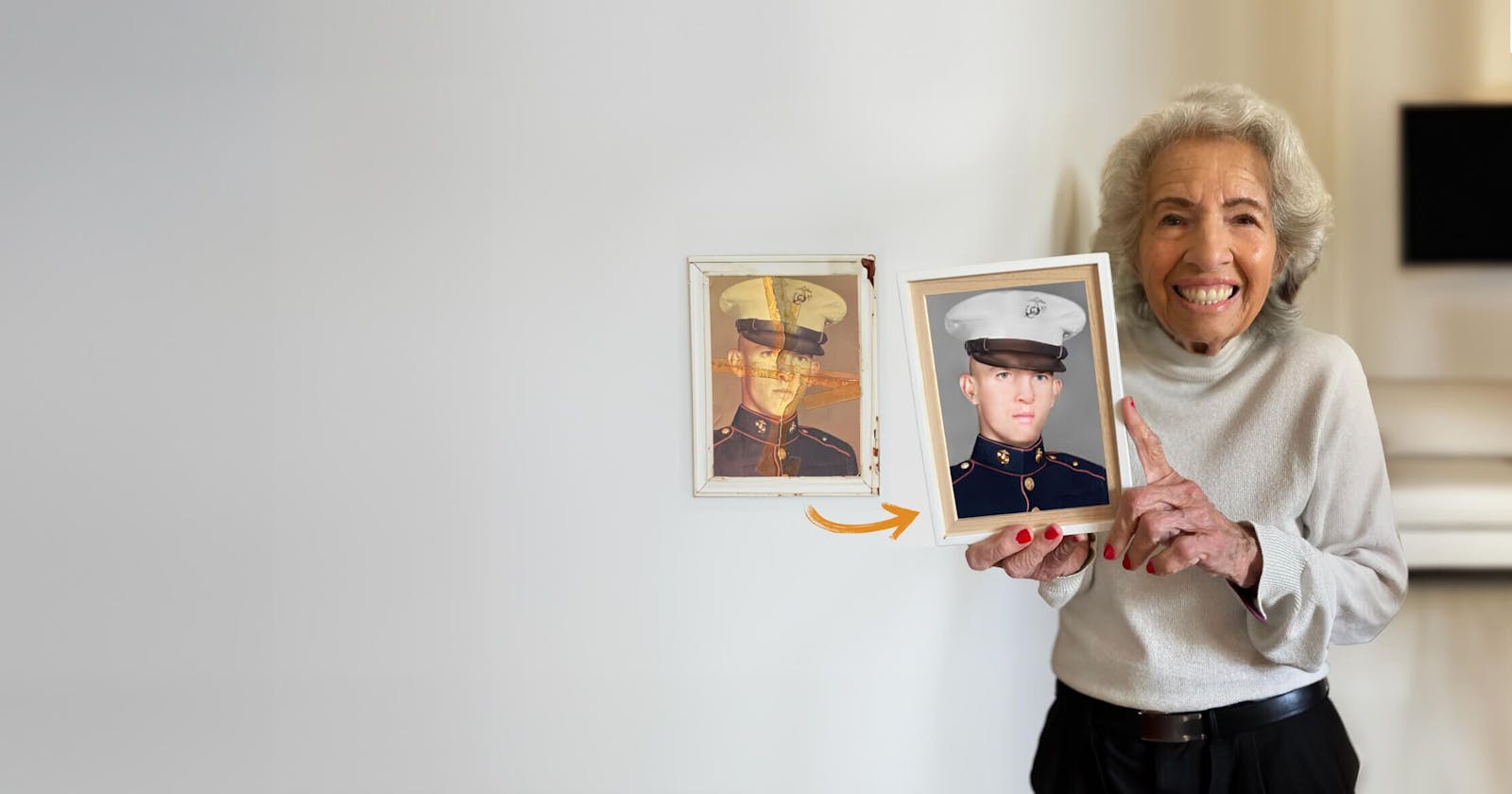Unveiling the Art of Photo Reconstruction: Transforming Pixels into Memories
In an era dominated by digital imagery, the art of photo reconstruction emerges as a captivating blend of technology and nostalgia. As pixels replace film and screens become canvases, the essence of memories is transformed through the meticulous process of photos reconstruction.
Preserving the Past
In the digital age, preserving the past has taken on a new form – one that transcends the boundaries of traditional photo albums. Photo reconstruction allows us to breathe new life into faded, damaged, or low-resolution images, ensuring that cherished memories remain vivid and timeless. Whether it's a vintage family portrait or a snapshot from a bygone era, the process involves enhancing and restoring images to their former glory.
The Technology Behind the Art
At the heart of picture reconstruction lies sophisticated image processing technology. Advanced algorithms analyze and interpret pixel data, enabling the restoration of details, colors, and textures. This intricate process goes beyond mere enhancement, diving deep into the digital fabric of each image to unveil hidden nuances and revive the essence of the moment captured.
Reviving Faded Colors
Over time, colors in printed and digital photographs may fade, leaving behind a muted representation of the original scene. Photo reconstruction employs color correction techniques to breathe vibrancy back into these images. By carefully adjusting hues, saturation, and contrast, the reconstruction process rejuvenates the color palette, ensuring that every shade resonates with the warmth and richness of the past.
Repairing Damage and Imperfections
Photographs are not immune to the passage of time. Tears, scratches, and other imperfections can mar the visual narrative of a cherished memory. It acts as a digital restoration artist, seamlessly repairing damage and imperfections. Through meticulous pixel-level analysis, the technology reconstructs missing details, creating a seamless visual experience that transcends the limitations of the original image.
Preserving Analog Treasures
The transition from film to digital photography brought undeniable convenience, but it also left behind a trove of analog treasures. Negatives, slides, and prints from yesteryears often suffer from wear and tear. The picture reconstruction extends its transformative touch to these analog artifacts, ensuring that the stories captured on film endure through the ages.
Embracing the Future of Memories
As we navigate the ever-evolving landscape of digital technology, it stands as a testament to our commitment to preserving the past. It allows us to bridge generations, connecting the dots between analog and digital eras. The artistry isn't just about pixels and algorithms; it's about the people, places, and moments that shape our lives.
Conclusion
In the realm of visual storytelling, photo reconstruction emerges as a powerful tool, bridging the past with the present and preserving the essence of our memories. It transforms the ordinary into the extraordinary, breathing new life into images that may have otherwise faded away. As we continue to embrace the technological advancements of the digital age, let us not forget the value of our visual history. Through the art, we celebrate the stories that pixels tell, ensuring that our memories remain as vivid as the day they were captured.
